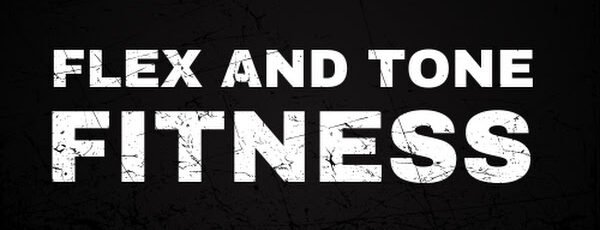WORKOUT ROUTINE
Full Body Dumbbell Workout – The Ultimate Guide 1.
- By Flex & Tone Fitness
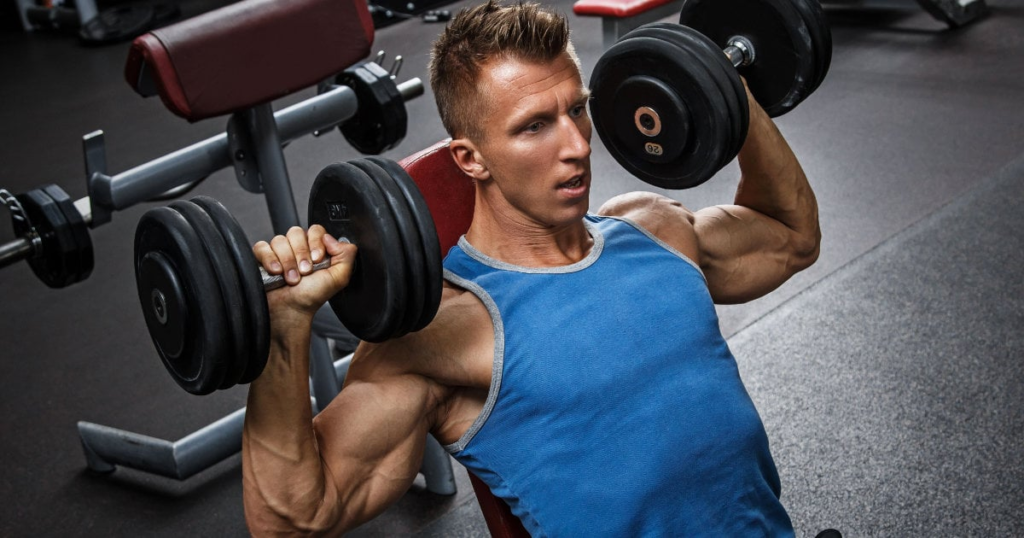
Workout Overview
WORKOUT SUMMARY
This routine is filled with the eligible exercises for the Flexible February monthly challenge. Copy this day of the routine to your favorite routine to make accessing the eligible exercises quick and easy.
OBJECTIVE
Build Muscle
DAYS PER WEEK
4
WORKOUT TYPE
Single Muscle Group
TRAINING LEVEL
Beginner
PROGRAM DRRATION
8 weeks
DAYS PER WEEK
4
TIME PER WORKOUT
45 Min
TARGET GENDER
Male & Female
EQUIPMENT REQUIRED
Barbell, Cables, Dumbbells, EZ Bar
What Is a Full Body Dumbbell Workout?
A full-body dumbbell workout is a type of training routine that uses dumbbells to target all major muscle groups in one session. This workout is ideal for those who are looking for a time-efficient and effective way to build strength, improve muscle tone, and enhance overall fitness.
Dumbbells are versatile and accessible, making them suitable for both home and gym workouts. Whether you are a beginner or an experienced lifter, full-body dumbbell exercises can be adjusted to fit your fitness level and goals.
Is a Full Body Dumbbell Workout Effective?
Efficiency and Convenience
Full-body dumbbell workouts are a fantastic choice for those with limited time, as they allow you to engage multiple muscle groups in a single session. This approach means that you can achieve significant fitness improvements even with fewer gym visits per week.
Whether you’re working out at home or at the gym, dumbbells provide a practical and effective way to target your body from head to toe.
Balanced Muscle Development
Using dumbbells for full-body workouts ensures that all major muscle groups, including the chest, back, legs, shoulders, and arms, are trained in a balanced way. Dumbbell exercises engage both the upper and lower body simultaneously, allowing for consistent muscle development across the entire body. This balanced approach helps to prevent muscle imbalances and supports overall strength gains.
Improved Coordination and Mobility
Full-body dumbbell workouts often include exercises that require coordination and stability, such as lunges and squats. These movements improve joint mobility and help you move more efficiently, both in the gym and in everyday life. Additionally, incorporating compound exercises, such as dumbbell presses and rows, builds functional strength, which reduces the risk of injury during physical activities.
What Are the Advantages of Full Body Dumbbell Workouts?
Strength Gains
Dumbbells are particularly effective for building muscle and strength, as they allow for a wide range of motion and engagement of stabilizing muscles. Compound exercises like squats, deadlifts, and bench presses are staples of full-body dumbbell workouts, providing a foundation for functional strength. By progressively increasing the weight and intensity over time, you can continue to challenge your muscles and promote growth.
Core Engagement
One of the key benefits of dumbbell exercises is that they naturally engage your core muscles. Whether you’re doing squats, lunges, or shoulder presses, your core must remain engaged to stabilize your body and maintain proper form. Strengthening the core not only improves posture but also contributes to better overall athletic performance.
Versatility and Accessibility
Dumbbells are a highly versatile tool for strength training. Whether you’re at home or in the gym, you can easily adjust the weight to match your fitness level. Dumbbell exercises can be modified to target specific muscle groups or emphasize certain movement patterns, allowing you to tailor the workout to meet your goals.
What Are the Disadvantages of Full Body Dumbbell Workouts?
Risk of Overtraining
While full-body dumbbell workouts offer numerous benefits, there is also the potential for overtraining. Training multiple muscle groups in one session can be taxing on the body, especially if you’re lifting heavy weights or performing high-intensity exercises. To avoid overtraining, it’s essential to listen to your body and incorporate adequate rest days between workouts. Overtraining can lead to fatigue, decreased performance, and a higher risk of injury.
Potential for Imbalance
Although full-body workouts engage all major muscle groups, it can be difficult to give each muscle group the same level of focus. Beginners, in particular, may find that certain areas, such as the shoulders or arms, are underdeveloped. To address this, you can add isolation exercises for weak or neglected areas, or alternate between full-body workouts and split routines to give extra attention to specific muscle groups.
Can I Build Muscle with Full Body Dumbbell Workouts?
Yes, you can definitely build muscle with full-body dumbbell workouts. By combining compound and isolation exercises, you can effectively target all major muscle groups and stimulate muscle growth. For example, exercises like squats and deadlifts target the lower body, while exercises like dumbbell bench presses and rows focus on the upper body.
With proper nutrition, progressive overload, and adequate recovery, you can make significant gains in muscle mass and strength.
Tailoring to Goals
Whether you aim to increase strength, muscle size, or endurance, full-body dumbbell workouts can be adapted to suit your specific goals. Beginners should start with lighter weights and focus on mastering proper form before gradually increasing intensity. Advanced lifters can incorporate more challenging exercises and increase the weight to promote further muscle growth.
Nutrition and Recovery
To maximize muscle growth, it’s essential to support your workouts with proper nutrition. Ensure you’re getting enough protein, healthy fats, and carbohydrates to fuel your body and aid muscle repair. Additionally, make sure to allow sufficient recovery time between workouts to prevent overtraining and promote muscle repair.
The Best Full Body Dumbbell Workout for Men and Women
Day 1: Lower Body Workout
1. Glute bridges
Works the glutes, quads and hamstrings.
- 3 Sets
8-10 Reps

How to Preform
- Lie on the floor with your feet flat and knees at 90°.
- Hold a dumbbell horizontally against your hips.
- Drive through your heels, pushing hips to the ceiling and squeezing your glutes at the top of the movement.
- Return to the floor and repeat.
Day 2: Lower Body Workout
- Dumbbell Bench Press: 3 Sets of 8-10 Reps
- Dumbbell Bench Press: 3 Sets of 8-10 Reps
- Dumbbell Bench Press: 3 Sets of 8-10 Reps
- Dumbbell Bench Press: 3 Sets of 8-10 Reps
Progression Tips
To continue progressing and challenging your muscles, gradually increase the weight or repetitions every 1-2 weeks. This ensures that your muscles continue to grow and adapt. Remember, slow and steady progress is key to building strength and muscle mass.
Perfect Your Form
Maintaining proper form is crucial in preventing injuries and maximizing the effectiveness of your workouts. Focus on executing each exercise with good technique before increasing weight or intensity.
Tracking Progress
To stay motivated and ensure you’re progressing, keep track of your weights, sets, and reps. Periodically reviewing your progress will help you stay on course and adjust your routine as necessary.
How Long Should a Full Body Dumbbell Workout Last?
A full-body dumbbell workout should typically last between 45-75 minutes, including warm-up and cool-down. This duration allows enough time to target all major muscle groups while balancing intensity with adequate rest periods between sets.
Is a Full Body Dumbbell Workout 3 Times a Week Enough?
Yes, training with a full-body dumbbell workout three times a week is generally sufficient for most individuals to build muscle and improve overall fitness. This frequency provides adequate recovery time between sessions while allowing for muscle stimulation multiple times per week.
Is It Bad to Do Full Body Dumbbell Workouts Every Day?
Training every day without sufficient rest can lead to overtraining, fatigue, and increased injury risk. Rest days are essential for muscle recovery and growth. If you’re training intensely, be sure to incorporate active recovery days and allow time for your muscles to heal and grow.
Frequently Asked Questions
Can I lose fat with full-body dumbbell workouts?
Yes, full-body dumbbell workouts can contribute to fat loss by increasing your calorie burn and building muscle, which boosts metabolism. Combining strength training with cardiovascular activity will help you lose fat while gaining lean muscle.
Can beginners start with a full-body dumbbell workout?
Absolutely! Beginners can start with lighter weights and focus on mastering the proper form. As you gain strength and confidence, gradually increase the weight to continue progressing.
Is a full-body dumbbell workout good for toning muscles?
Yes, full-body dumbbell workouts are effective for muscle toning. By targeting all major muscle groups, these workouts can help you build lean muscle and reduce body fat, resulting in a more toned appearance.
The Bottom Line
Full-body dumbbell workouts are a great way to enhance overall fitness, build strength, and improve muscle tone. By incorporating a variety of compound and isolation exercises, you can target all major muscle groups, improve coordination, and achieve your fitness goals. Consistency, proper form, and gradual progression are key to seeing the best results from your full-body dumbbell workouts.
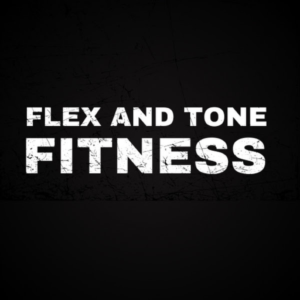
Flex & Tone Fitness
Author
Features

WEIGHT LOSS
CAN YOU KEEP CHEESE IN YOUR DIET AND STILL
The UFC women’s strawweight contender is focused on her daughter—and a world title.
Read Article
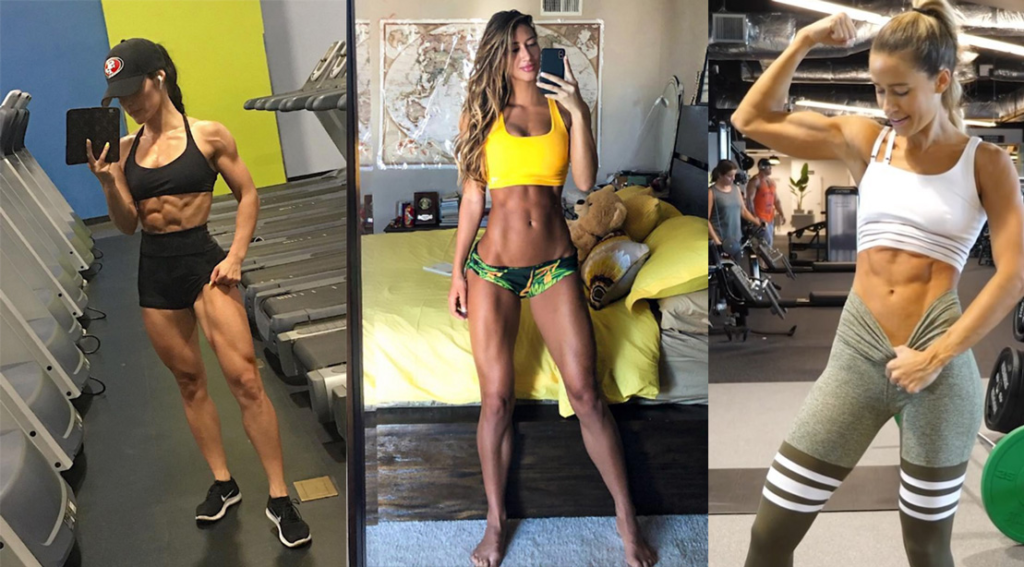
WEIGHT LOSS
CAN YOU KEEP CHEESE IN YOUR DIET AND STILL
The UFC women’s strawweight contender is focused on her daughter—and a world title.
Read Article
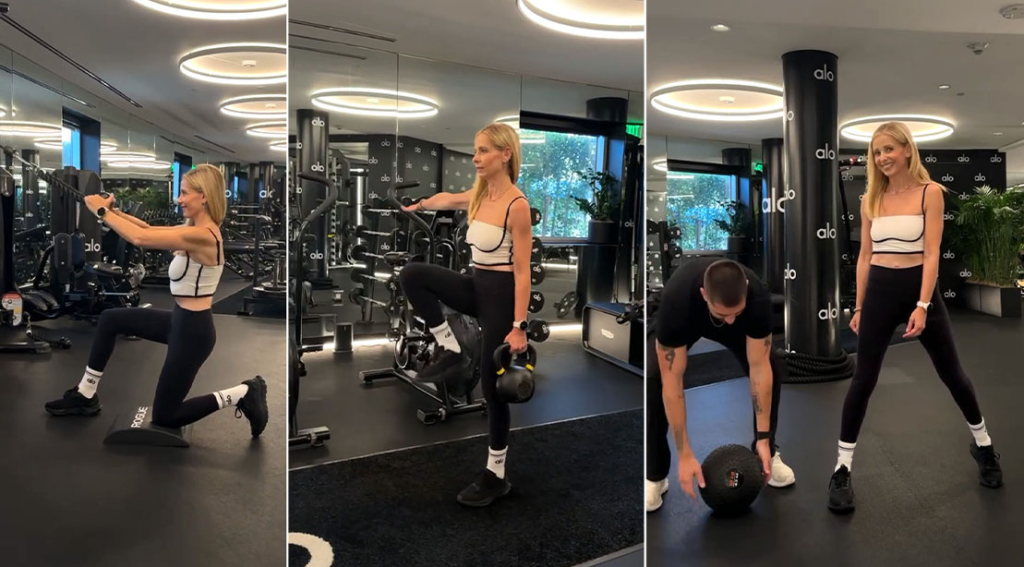
WEIGHT LOSS
CAN YOU KEEP CHEESE IN YOUR DIET AND STILL
The UFC women’s strawweight contender is focused on her daughter—and a world title.
Read Article
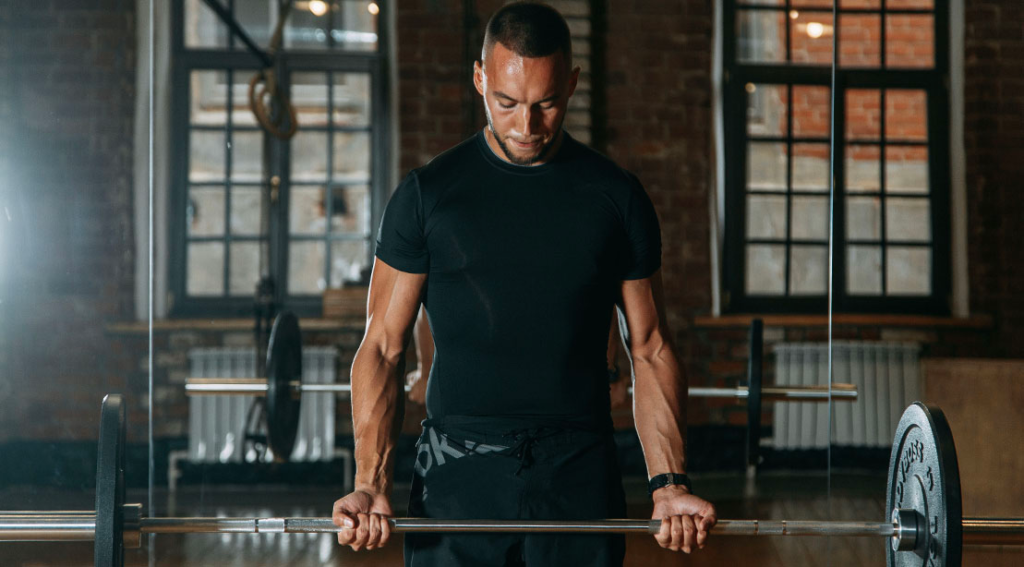
WEIGHT LOSS
CAN YOU KEEP CHEESE IN YOUR DIET AND STILL
The UFC women’s strawweight contender is focused on her daughter—and a world title.
Read Article
